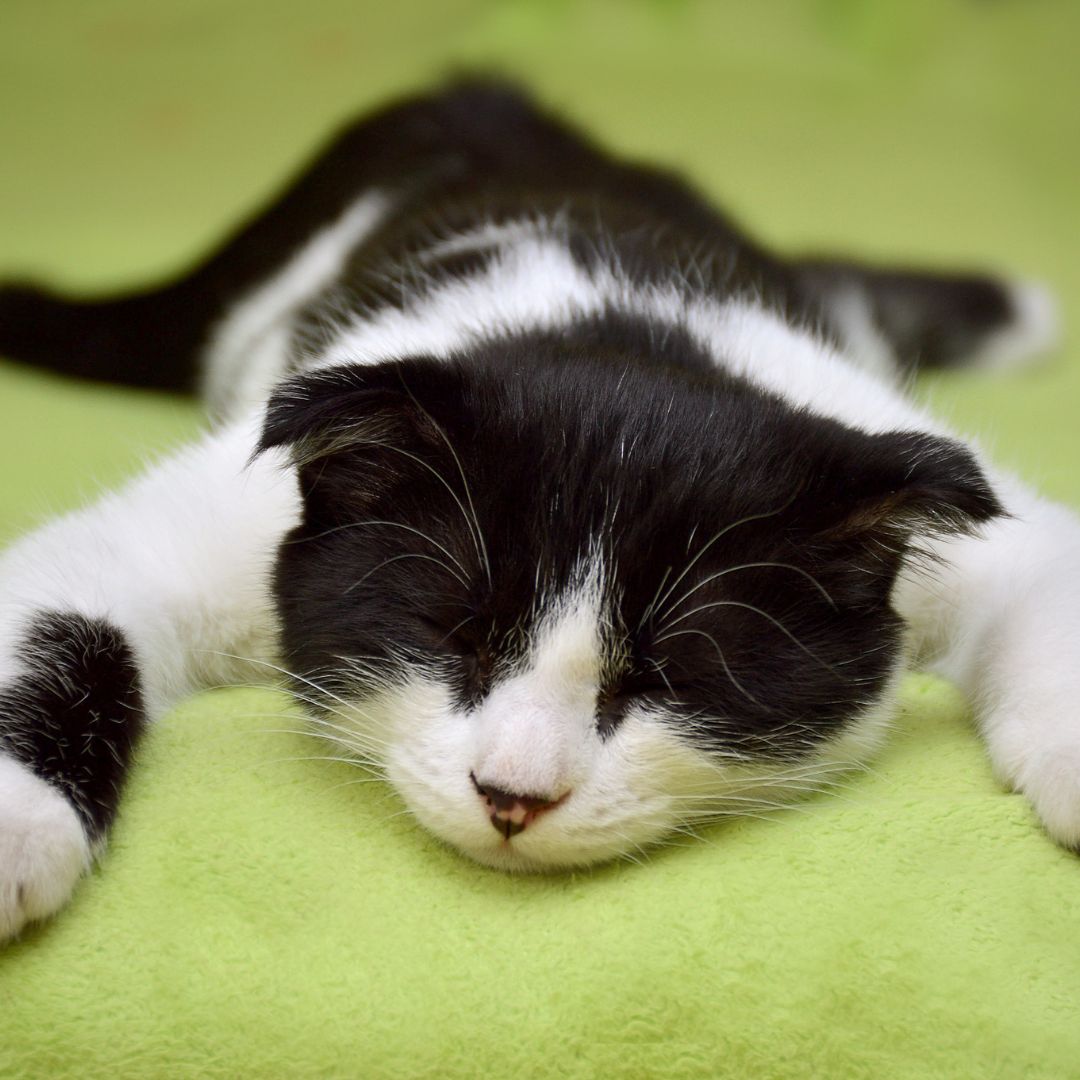
The Science Behind Cat Behaviors
Share
Cats have captivated human hearts for millennia with their mysterious and often unpredictable behaviors. From their playful antics to their serene napping habits, understanding the science behind these behaviors can deepen our appreciation for our feline friends. Let's explore some common cat behaviors and the scientific explanations behind them.
Purring: The Healing Sound
One of the most recognizable cat behaviors is purring. Cats purr when they are content, but they also purr when they are in pain or stressed. This dual-purpose behavior has puzzled scientists for years. Research suggests that purring has a healing effect. The vibrations produced by purring, typically between 25 and 150 Hertz, can promote tissue regeneration, reduce pain and inflammation, and even strengthen bones. This could explain why cats purr during both happy and stressful times—they are essentially self-soothing and healing.
Kneading: A Throwback to Kittenhood
Many cat owners have experienced the rhythmic motion of a cat kneading with its paws, often accompanied by purring. This behavior, sometimes called "making biscuits," originates from kittenhood. Kittens knead their mother's belly to stimulate milk flow. In adulthood, kneading is believed to be a comforting action that cats associate with the safety and warmth of their early days. It's also thought that cats have scent glands in their paws, so kneading helps mark their territory.
The Hunter's Instinct
Even the most domesticated cats retain their hunting instincts. You may have noticed your cat engaging in behaviors like stalking, pouncing, and bringing you "gifts" of dead animals or toys. These actions are rooted in their ancestry. Wild cats must hunt to survive, and domesticated cats retain this instinct. Playful hunting behavior is not only a way for cats to exercise but also a means to mentally stimulate themselves and satisfy their natural predatory drives.
Head-Butting: A Sign of Affection
Cats often rub or head-butt their owners as a sign of affection. This behavior, known as "bunting," is a way for cats to mark their territory using the scent glands located on their heads. When your cat head-butts you, they are marking you with their scent, essentially claiming you as part of their territory. This behavior is also a social bonding activity, indicating trust and affection.
The Mystery of Cat Naps
Cats are notorious for their love of sleep, often spending 12-16 hours a day napping. This sleep pattern has evolutionary roots. In the wild, cats are both predators and prey. To conserve energy for hunting and to stay alert to potential threats, they need plenty of rest. Domestic cats maintain this sleep pattern, but their sleep is typically lighter than humans', allowing them to wake up quickly if needed.
The Quirks of Playtime
Cats are playful creatures, and their playtime behaviors can be both amusing and perplexing. Play is an essential part of a cat's development, helping kittens learn important skills such as stalking, chasing, and pouncing. For adult cats, play provides necessary physical exercise and mental stimulation. The way cats play can also be a form of social bonding, both with humans and other animals.
Tail Talk
A cat's tail can reveal a lot about its mood. A high, upright tail often signals happiness and confidence, while a low or tucked tail can indicate fear or submission. A tail that flicks back and forth rapidly might suggest agitation or excitement. Understanding tail signals can help you gauge your cat's emotional state and respond accordingly.
Conclusion
Cats are complex creatures with a rich array of behaviors that have fascinated humans for centuries. By understanding the science behind these behaviors, we can better appreciate the nuances of our feline companions and strengthen our bond with them. Whether it's a healing purr, a playful pounce, or a gentle head-butt, each behavior is a window into the intriguing world of cats.
